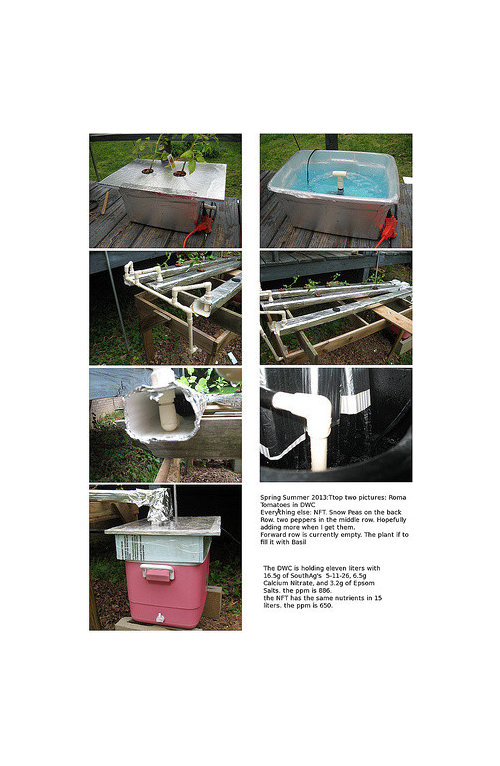My current systems
grizzman
10 years ago
Related Stories

FUN HOUZZGeek Lab: How to Build a Steampunk Cat Transit System
Give your kitty another avenue for fun with a tubular walkway system that lets him go his own way
Full Story
HEALTHY HOMEHow to Choose a Home Water Filtering System
Learn which water purification method is best for your house, from pitchers to whole-house setups
Full Story
GREAT HOME PROJECTSHow to Add a Radiant Heat System
Enjoy comfy, consistent temperatures and maybe even energy savings with hydronic heating and cooling
Full Story
ORGANIZINGWant to Streamline Your Life? Get a System
Reduce stress and free up more time for the things that really matter by establishing specific procedures for everyday tasks
Full Story
HOME TECHDoes Your Home Need an Operating System?
New technologies hope to unify the lawless frontier of home-automation products. Would they work for you?
Full Story
MOST POPULAROrganized From the Start: 8 Smart Systems for Your New House
Establishing order at the outset will help prevent clutter from getting its foot in the door
Full Story
HOME TECHTurn Your Smart Phone Into a Home Security System
Monitor your home a less expensive way by putting your phone and some new gadgets to work
Full Story
HOME TECHEmerging Virtual-Reality Home Systems Might Blow Your Mind
Get near-total immersion in home entertainment with virtual-reality gadgets worthy of a sci-fi flick, coming soon
Full Story
HOME TECHHome Tech: There's an Easier, Affordable Future for Home Automation
Say goodbye to the headaches and high price of current systems, and hello to home automation products for the masses
Full Story
SMALL HOMESMaking Room: Discover New Models for Tiny NYC Apartments
Explore a New York exhibition of small-space design proposals that rethink current ideas about housing
Full Story







cole_robbie
grizzmanOriginal Author
Related Professionals
Mountain Brook Landscape Architects & Landscape Designers · Clermont Landscape Contractors · Maple Valley Landscape Contractors · Fort Mill Landscape Contractors · Goodlettsville Landscape Contractors · Hoover Landscape Contractors · Middletown Landscape Contractors · North Lauderdale Landscape Contractors · North Ridgeville Landscape Contractors · Plymouth Landscape Contractors · Sammamish Landscape Contractors · Streamwood Landscape Contractors · Waipahu Landscape Contractors · West Chester Landscape Contractors · Fountain Hills Outdoor Lighting & Audio Visual Systemshex2006
PupillaCharites
PupillaCharites
grizzmanOriginal Author
PupillaCharites
grizzmanOriginal Author
PupillaCharites